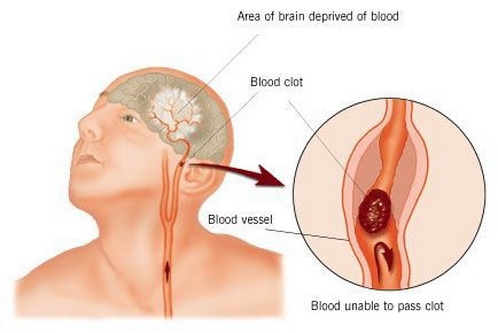
What is a stroke?
Just as any other organ in our body, our brain requires oxygen and nutrients present in the blood to work properly. Arteries are the type of blood vessels that supply blood to different areas of the brain. A stroke happens when one of these arteries is blocked or damaged in a certain way that the blood supply is altered, preventing oxygen and nutrients from reaching their final destination, which are brain cells. The brain is then put under stress due to the lack of these important requirements and brain cells start to die. Cell death affects several brain activities, such as language, movement, vision and perception.
- Important notification about information and brand names used in this slideshow!
- Photo courtesy of ConstructionDealMkting by Flickr : www.flickr.com/photos/constructiondeal_marketing/4254385133/
- Photo courtesy of JD Harvill by Flickr : www.flickr.com/photos/hotlantavoyeur/5953395772/
- http://www.webmd.com/stroke/regaining-arm-use-after-stroke-10/slideshow-stroke
- http://www.stroke.org/site/DocServer/ExplainingStroke_web.pdf?docID=3321
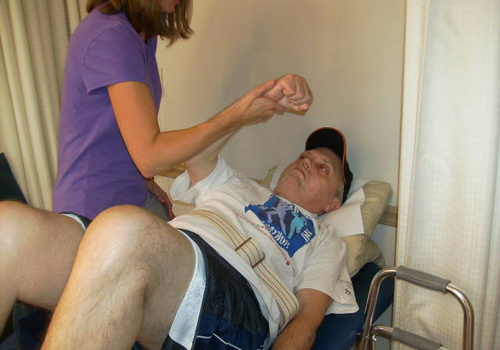
The recovery process after having a stroke
Recovery after a stroke depends on the areas of the brain that were affected and the intensity of the damage. There are some patients that can fully recover, whereas other patients may have to deal with permanent consequences. But our brain is amazing in the way that it is able to overcome cell death by creating new connexions and using the healthy brain areas to fulfill activities affected by the stroke. Rehabilitation is a way to help the brain in the recovery process, and depending on the state of the patient, it can be started as soon as two days after the stroke occurred, and continued even after the patient is released from the hospital.
- Important notification about information and brand names used in this slideshow!
- Photo courtesy of cozyhomelife by Photobucket : media.photobucket.com/user/cozyhomelife/media/Bob%20Stroke%20Rehab/SANY0824.jpg.html?filters[term]=stroke%20rehab&filters[primary]=images&sort=1&o=24
- www.stroke.org/site/PageServer?pagename=rehabt
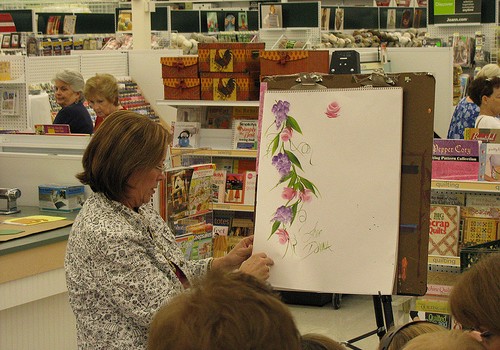
Exercise your mind: Hobbies as rehabilitation therapy
Contrary to what we thought years ago, the brain is an extremely plastic organ, so even when it is exposed to damage, it is able to recover by creating new neuronal connexions. Keeping yourself busy with hobbies is an excellent way of exercising your brain, improving your confidence and avoiding the frustration feeling after having a stroke. Reading and writing are great hobbies for stroke patients; also doing arts and crafts, like knitting and sewing, or even cooking, can make the process of rehabilitation easier. Remember that recovery from a stroke is based on exercising not only your affected muscles, but also your brain.
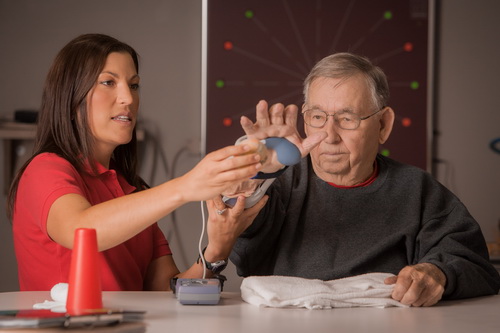
Electrical Stimulation Therapy to recover muscle strength and mobility
Physical therapy is not the only option that a patient has to help in the recovery of limb movement and strength after a stroke. Electrical stimulation (ES) has been used for several years as a rehabilitation therapy. ES devices produce electrical impulses that stimulate muscle movement; in other words, they keep the muscle under a constant movement for a period of time. The frequency of the movements can be regulated, depending on the needs of the patient. Therapy based on ES usually lasts around 1 to 2 hours a day, and is given to the patients for 1 o 3 months, combined with physical and occupational therapy.
- Important notification about information and brand names used in this slideshow!
- Photo courtesy of madonnarehab by Photobucket : media.photobucket.com/user/madonnarehab/media/Madonna%20Rehab%20Stroke%20Technology/bioness-1.jpg.html?filters[term]=stroke%20rehab&filters[primary]=images&sort=1&o=33
- www.biomove.com/stroke-rehabilitation-other-methods.html
- DE KROON, J. R., VAN DER LEE, J. H., MJ, I. J. & LANKHORST, G. J. 2002. Therapeutic electrical stimulation to improve motor control and functional abilities of the upper extremity after stroke: a systematic review. Clin Rehabil, 16, 350-60.
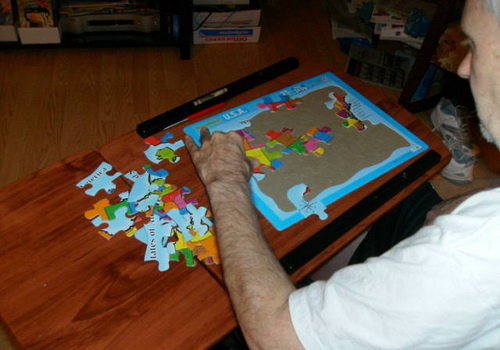
A new therapy to regain control of your movements
When suffering a stroke, one side of the body is always affected, while the other side stays normal. Constraint-Induced Movement therapy (CIMT), helps in the recovery of the affected side by restraining the use of the healthy side. In this way, the affected side is forced to work intensively for a certain period of time, normally 10 to 14 days, so that it recovers its strength and the patient does not feel tempted to replace the affected limb with the healthy one. Studies have shown this type of therapy results into long lasting recovery of abilities of the damaged side of the body and into an improvement in the patient’s quality of life.
- Important notification about information and brand names used in this slideshow!
- Photo courtesy of cozyhomelife by Photobucket : media.photobucket.com/user/cozyhomelife/media/Bob%20Stroke%20Rehab/SANY0703.jpg.html?filters[term]=stroke%20rehab&filters[primary]=images&filters[secondary]=videos&sort=1&o=7
- www.strokeassociation.org/STROKEORG/LifeAfterStroke/RegainingIndependence/PhysicalChallenges/Constraint-Induced-Movement-Therapy_UCM_309798_Article.jsp
- http://www.rehab.research.va.gov/jour/99/36/3/taub.htm
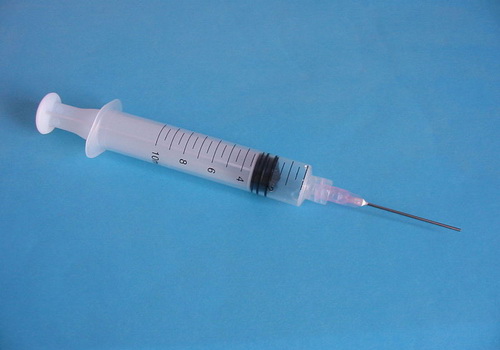
Treatment after stroke: "clot busters"
Thrombolytic drugs, or "clot busters", help to dissolve blood clots and are given to patients when suffering a stroke. These are administered systemically, by intravenous injection, or locally, through a catheter. Thrombolytic drugs should be given as soon as possible, ideally, within the first 3 to 4.5 hours after stroke symptoms are detected. The most common thrombolytic is the tissue plasminogen activator (tPA), which should be given in the first three hours after stroke symptoms appear. When treated on time with tPA, patients have more chance to recover with few consequences than those that are not treated with thrombolytic drugs.
- Important notification about information and brand names used in this slideshow!
- Photo courtesy of Biggishben by Wikimedia Commons : en.wikipedia.org/wiki/File:Syringe2.jpg
- www.stroke.org/site/PageServer?pagename=treatment
- http://strokeassociation.org/STROKEORG/AboutStroke/Treatment/Stroke-Treatments_UCM_310892_Article.jsp
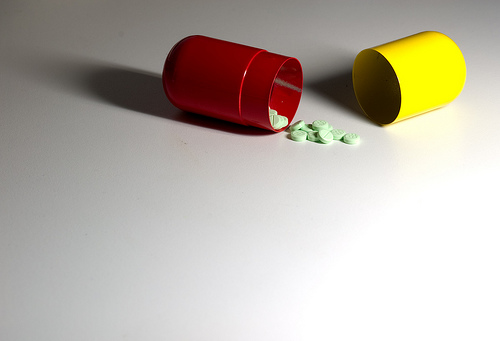
Oral treatment for stroke prevention
Oral medication is often given to patients to prevent stroke. Patients at risk are usually given anticoagulants and antiplatelets, such as aspirin and heparin, to avoid the aggregation of platelets and the formation of blood clots that could potentially block blood flow to the brain. Also, antihypertensive drugs are used to control high blood pressure by reducing the force of heart contraction or decreasing blood volume. Other medications, such as statins, are prescribed to treat high cholesterol levels, which are related to the formation of blood clots in arteries. Oral treatments must be prescribed and monitored regularly by a health professional to avoid complications, such as bleeding problems.
- Important notification about information and brand names used in this slideshow!
- Photo courtesy of David Goehring by Flickr : www.flickr.com/photos/carbonnyc/3361217777/
- strokeassociation.org/STROKEORG/AboutStroke/Treatment/Stroke-Treatments_UCM_310892_Article.jsp
- http://www.stroke.org/site/PageServer?pagename=med_adherence#thromb
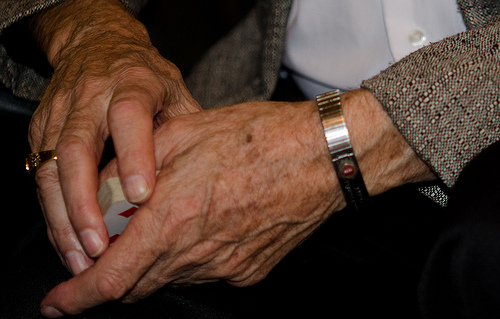
How to improve fine motor skills
When talking about fine motor skills, we refer to movements that are small and require a certain coordination and precision, for example threading a needle. When we thread a needle, our brain, muscles and bones, work together to accomplish the task; after a stroke, brain damage can affect the connection between these three components and make fine movements very difficult for the patient. Some activities that you can do to improve your fine motor skills are squeezing a ball with your hands, to regain strength, moving your fingers, one at a time, shooting marbles into a box, and raise the affected arm, up and down.
- Important notification about information and brand names used in this slideshow!
- Photo courtesy of Robert Neff by Flickr : www.flickr.com/photos/5wa/6291662624/
- www.strokeassociation.org/STROKEORG/LifeAfterStroke/RegainingIndependence/PhysicalChallenges/Tips-for-Improving-Fine-Motor-Skills_UCM_309776_Article.jsp
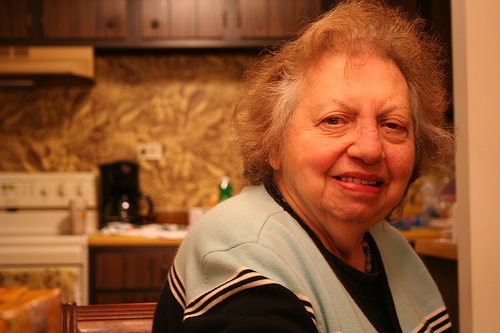
First steps in rehabilitation: relearning life skills
One of the main objectives of rehabilitation is to help the patient recover the abilities that will help him or her to regain independence and confidence, in order to be able to have a normal life. When someone has a stroke, even eating, using the toilet, bathing and walking become challenging activities, so it is very important for therapists to start with exercises that help the patient recover these basic skills. Physical, occupational and language therapists are some of the people that work with the patient during rehabilitation, either at the hospital or at home, depending on the patient’s state.
- Important notification about information and brand names used in this slideshow!
- Photo courtesy of partie traumatic by Flickr : www.flickr.com/photos/x_mrswarhol/2149015707/
- www.stroke.org/site/PageServer?pagename=rehabt

Overcoming muscular paralysis and stiffness
After a stroke, brain damage can cause paralysis and spasticity. The first one refers to the inability of affected muscles to move, and the second one refers to muscle stiffness and resistance to stretching. Rehabilitation should then focus on regaining strength and stretching ability of the damaged muscles. Simple exercises like bending the torso and limbs, walking and swimming and weight bearing can help in this task. Generally, exercises should be done around 10 times a day, for short periods of time, but the routine depends completely on what the physiotherapist indicates. So, make sure you discuss your needs with your therapist.
- Important notification about information and brand names used in this slideshow!
- Photo courtesy of Jinx McCombs by Flickr : www.flickr.com/photos/64443083@N00/6894671294/
- www.stroke-rehab.com/stroke-rehab-exercises.html
- http://www.strokeassociation.org/STROKEORG/LifeAfterStroke/RegainingIndependence/PhysicalChallenges/Weight-Training-After-Stroke_UCM_309780_Article.jsp
- http://www.stroke.org/site/DocServer/hope4.pdf?docID=524


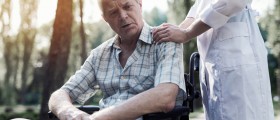
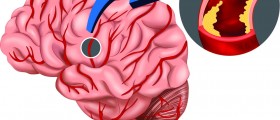
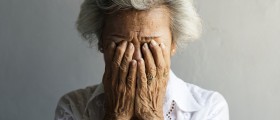
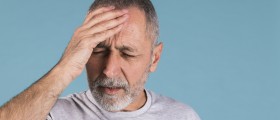
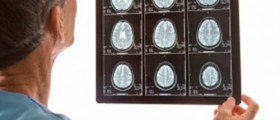
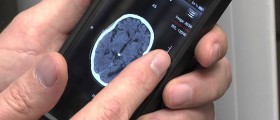
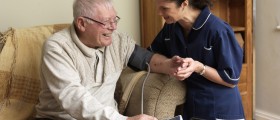

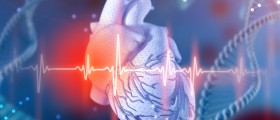
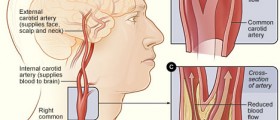
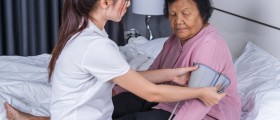
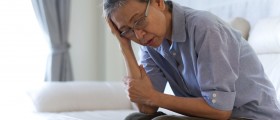
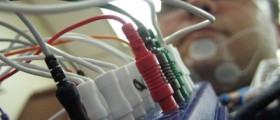

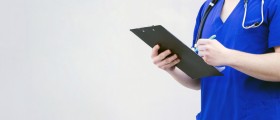

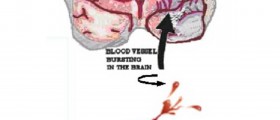
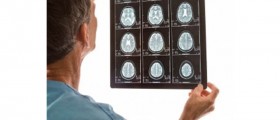
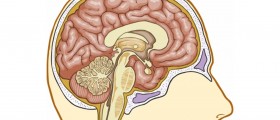

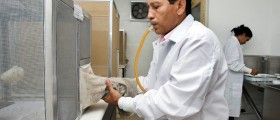
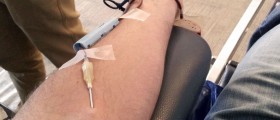

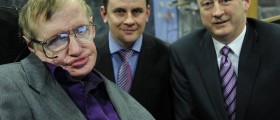
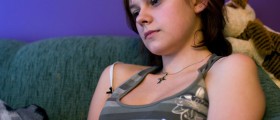
Your thoughts on this
Loading...